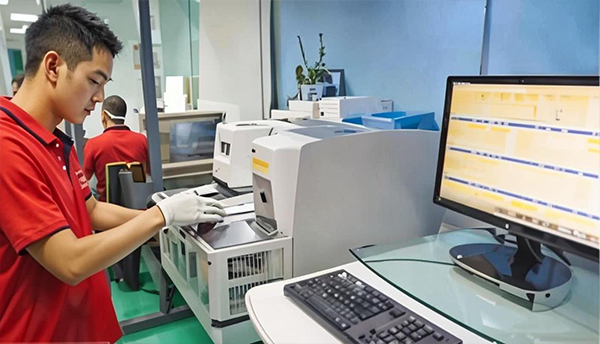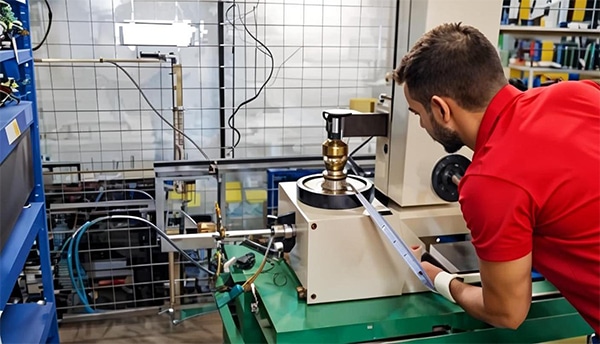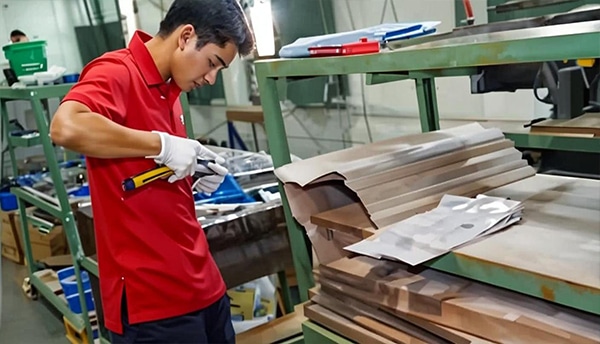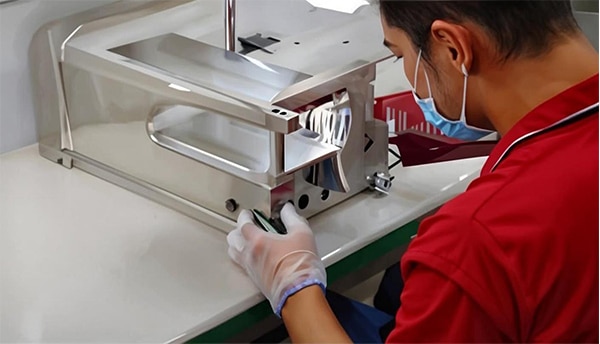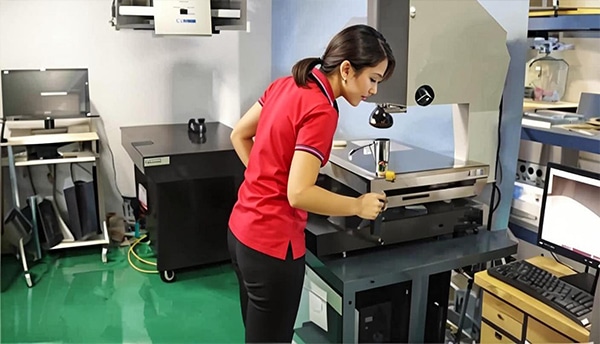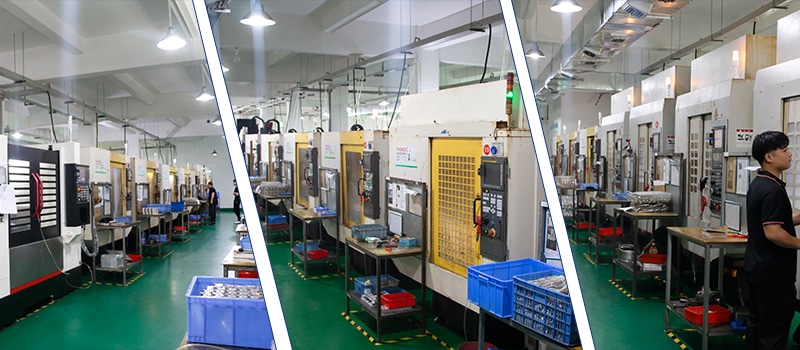Introduction to CNC Machining and Stainless Steel
CNC (Computer Numerical Control) machining is a transformative manufacturing process that employs computer-controlled machinery to precisely create components from various materials. In recent years, CNC machining has gained significant traction in industries ranging from aerospace to automotive, largely due to its ability to produce complex parts with high accuracy and efficiency. The use of CNC technology allows for intricate geometric shapes and tight tolerances, which are essential for producing functional components that meet stringent quality standards.
Among the materials extensively utilized in CNC machining, 316304 stainless steel stands out for its excellent mechanical properties and corrosion resistance. This particular alloy, often referred to simply as 304 stainless steel, comprises a balanced mixture of chromium and nickel, which enhances its strength and overall performance in various environmental conditions. Its resistance to oxidation and ability to withstand high temperatures make 316304 stainless steel a preferred choice in industries where durability and reliability are paramount. Furthermore, its non-reactive nature enables it to be employed in food processing, pharmaceuticals, and marine applications.
The necessity of customized processing services becomes apparent when considering the unique requirements of different applications involving 316304 stainless steel. Traditional machining methods may not address the specific needs of every project, which is where CNC turning and milling offer substantial advantages. Customized services ensure that parts are crafted to exact specifications, accommodating for the complexities involved in the design and fabrication of each component. This tailored approach not only improves the efficiency of the manufacturing process but also contributes to superior quality control. The incorporation of CNC technology ultimately allows engineers and manufacturers to create tailored solutions that fully leverage the beneficial properties of 316304 stainless steel, thereby enhancing the overall functionality of the final products.
Understanding 316304 Stainless Steel: Properties and Applications
316304 stainless steel is a versatile and commonly used alloy, incorporating the beneficial properties of both 316 and 304 stainless steels. This alloy is primarily composed of iron, chromium, nickel, and molybdenum, which significantly enhance its overall performance. The chemical composition typically consists of approximately 16-18% chromium, 10-14% nickel, and 2-3% molybdenum, contributing to its exceptional resistance to corrosion, pitting, and oxidation.
One of the standout mechanical properties of 316304 stainless steel is its high tensile strength, which allows it to withstand substantial stress without deformation. Additionally, it exhibits excellent ductility and workability, making it suitable for a variety of machining processes, including CNC turning and milling. The alloy’s ability to maintain its structural integrity at elevated temperatures, coupled with its resistance to harsh chemicals, underscores its application across demanding environments.
Understanding the properties of 316304 stainless steel is crucial, particularly for industries sensitive to material degradation. For example, in the marine industry, this alloy’s resistance to saltwater makes it ideal for the fabrication of components like ship fittings and equipment exposed to corrosive conditions. Similarly, in the medical field, its hygienic properties ensure that surgical instruments and implants remain safe for patient use. Aerospace applications benefit from its lightweight yet robust nature, typically utilizing 316304 stainless steel for components like fuel lines and storage tanks.
Moreover, the food processing sector frequently employs 316304 stainless steel for its ability to resist staining and its ease of cleaning, essential for maintaining hygiene standards. Thus, knowing the properties and applications of 316304 stainless steel is vital for engineers and manufacturers looking to achieve optimum performance through effective CNC machining practices.
CNC Turning vs. Milling: A Comparative Analysis
CNC turning and milling are two of the most widely used processes in the machining of materials, including 316304 stainless steel. Each of these techniques employs distinct methodologies, tools, and applications. Understanding their differences is crucial for selecting the most suitable method for specific parts and projects.
CNC turning involves rotating the workpiece while a stationary cutting tool is used to remove material. This process is ideal for producing cylindrical parts, such as shafts, bushes, and fittings. The lathe is the primary tool used in turning, and it is designed to handle round or tubular components. Operations such as grooving, threading, and boring can be performed seamlessly with this method. In contrast, CNC milling employs a rotating cutting tool against a stationary workpiece. This technique is versatile and can create a variety of shapes and sizes, including complex geometries, slots, and contours. Milling machines utilize different types of cutters, including end mills and face mills, providing flexibility for diverse machining tasks.
The choice between CNC turning and milling largely depends on the geometry of the desired part. For example, when working with parts that are primarily cylindrical, CNC turning is often the preferred choice due to its efficiency and precision. Conversely, for intricate parts or those with flat surfaces and slots, CNC milling is more advantageous. In certain cases, hybrid technologies that integrate both CNC turning and milling may offer the best of both worlds, enabling manufacturers to achieve complex designs with high accuracy and reduced production time.
Ultimately, the decision between CNC turning and milling should take into account factors such as part complexity, design requirements, and the specific properties of 316304 stainless steel, which also influence the effectiveness of each process.
Custom CNC Processing Services for 316304 Stainless Steel
Custom CNC processing services for 316304 stainless steel offer a spectrum of tailored solutions designed to meet specific project requirements. These services begin with comprehensive design consultations, where engineers and clients discuss project objectives, material specifications, and desired outcomes. It is crucial to establish a clear understanding of the project from the outset, as this ensures that the subsequent processes align with client expectations and industry standards.
Prototyping plays a pivotal role in customizing CNC services. Through rapid prototyping techniques, businesses can create initial models that help visualize the final product. This phase allows for modifications and refinements, ensuring that both design and functionality meet stringent precision tolerances. In CNC machining, precision is not merely a requirement; it is a bedrock of quality assurance, especially with 316304 stainless steel, renowned for its corrosion resistance and strength in demanding environments.
Production runs, whether small-batch or large-scale, benefit from optimized CNC processing. This optimization is not limited to volume but extends to efficiency and cost control. Selecting the right machinery and technology is vital for maximizing production capabilities. Advanced CNC mills and lathes can achieve intricate designs while maintaining high-speed operations, thereby reducing lead times and operational costs. The choice of surface finishes also plays a key role—options range from brushed to polished, each serving various functional and aesthetic needs in the final product.
Ultimately, custom CNC processing services for 316304 stainless steel equip businesses with the necessary tools to innovate and expand their product lines. By leveraging state-of-the-art technology and expert insights, companies can enhance their manufacturing processes, yielding products that not only meet but exceed market expectations. Collaborating with a knowledgeable CNC service provider is essential for businesses aspiring to gain a competitive edge in the industry.
Choosing the Right Service Provider: Key Considerations
Selecting a suitable CNC machining service provider for 316304 stainless steel processing is a crucial step that can significantly impact the quality and efficiency of the manufacturing process. One of the first criteria to consider is the provider’s experience and expertise specifically in working with stainless steel. Knowledge of the material’s unique properties, such as corrosion resistance and strength, is essential for achieving optimal machining results. A provider with a solid track record in stainless steel processing will be more adept at navigating the challenges that arise during the machining process.
Additionally, verifying certifications is paramount. Approved certifications such as ISO 9001 indicate that the company adheres to quality management standards, which can assure clients of their commitment to maintaining high-quality processes. It is also worth inquiring about the specific technologies and machinery the provider uses. Advanced CNC machining equipment, software, and techniques can enhance precision, reduce waste, and improve overall efficiency, making them a vital consideration in the selection process.
Customer service plays a crucial role in maintaining a productive partnership. A reliable service provider should demonstrate clear communication, responsiveness, and a willingness to collaborate with clients to meet their specific needs. This can help prevent misunderstandings and ensure that the project aligns with the client’s expectations. Furthermore, turnaround time is another significant factor; a provider should be transparent about production timelines and capable of meeting deadlines without compromising quality.
To facilitate the selection process, consider using a checklist that includes the following considerations: experience with stainless steel, relevant certifications, technology used, quality of customer support, and estimated turnaround times. Establishing effective communication from the outset can ultimately help in forging a successful partnership and delivering the desired outcomes.




